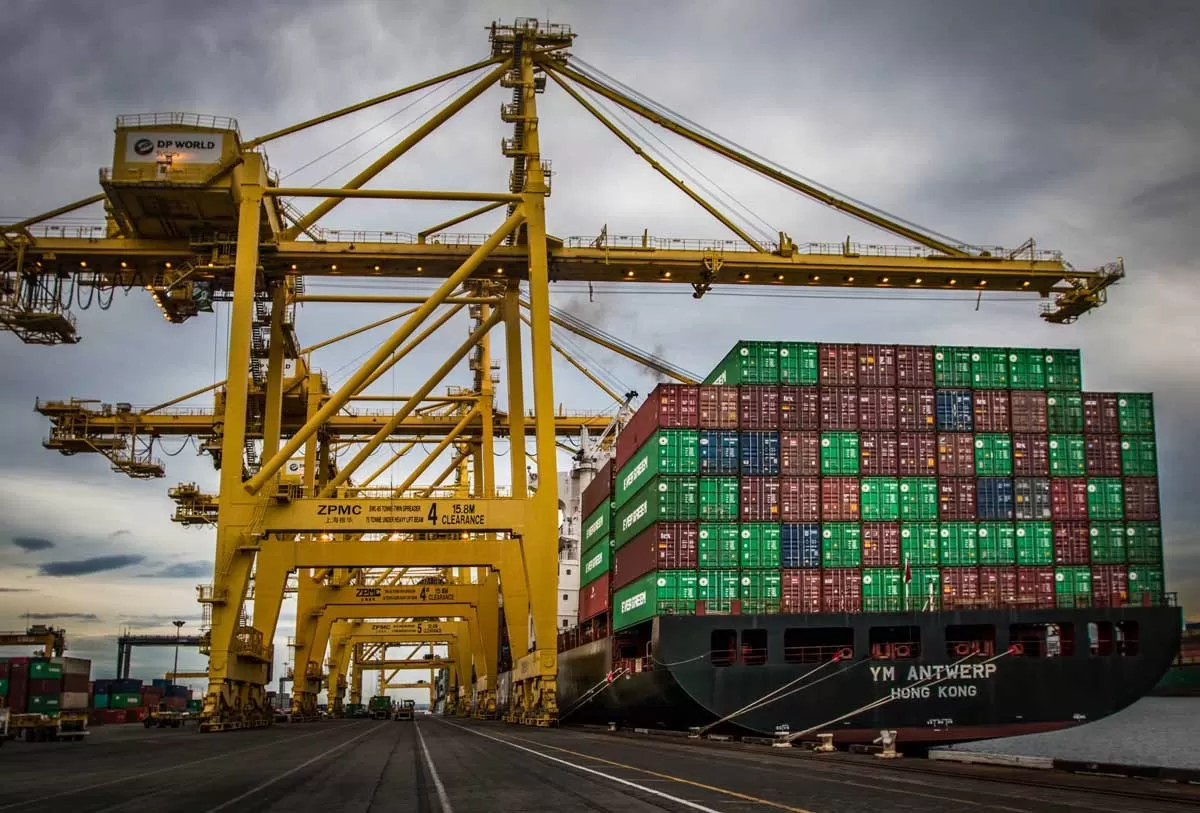Sachin Sandhir, Managing Director, RICS-South Asia
In early April, the Royal Institution of Chartered Surveyors (RICS), in collaboration with Amity University, launched the RICS School of Built Environment near New Delhi. The aim of the institution is to address the growing skills gap in the construction sector by creating 15,000-20,000 construction, real-estate, and infrastructure management professionals over the next three to five years. Sachin Sandhir, Managing Director, RICS-South Asia, speaks to SHRIKANT RAO about the school's objectives.
Give us an understanding of what motivated RICS to set up the School for Built Environment.
RICS came into India four years ago. We found that while we play a role in accrediting universities, setting standards and providing profession qualification for the industry globally, in India there was a huge vacuum in terms of skilled professionals. The built environment has been severely affected by a demand-supply mismatch of professionals. There is a huge shortage of skilled civil engineers, architects and planners. Skills like quantity surveying, construction economics and facilities management are not really part of any formal education in the country. Education has not kept pace with the needs of the industry in terms of both technical and management skills. We have quantified that in a study we carried out about a year ago. On an average, we need about 4-5 million skilled people every year but the current supply is just about a million. I am talking about core professionals here, not labourers. We found that the shortage across all skills was about 80 per cent. That became the basis of establishing a school for built environment, the first of its kind in India.
What is the demand for skilled workers like?
Over the next decade, the Indian construction sector will require about 4 million civil engineers, 396,000 architects, close to 119,000 planners on an average. This, while the corresponding average supply available is expected to be only about 642,000 civil engineers, 65,000 architects and 18,000 planners.
Please name the players actively involved in supporting the school.
We have tried to set up an industry-led academic institution that, right now, has the support of over 200 organisations to start with. Eventually, we will ensure that all major players are involved in this initiative to make sure that the professionals coming into the industry are employable. We have all the major players with us. So whether it is a DLF or Unitech or K Raheja or Shapoorji, everybody is involved in supporting this initiative. The institution is also supported by the Ministry of Urban Development.
How are you looking to bridge the skills gap?
We have tried to develop a curriculum that meets the needs of the industry and will come into practice, and not just be theoretical. We have started off with three programmes: a three-year BBA in real estate and urban infrastructure; a two-year MBA in real estate and urban infrastructure; and a two-year MBA in construction project management from July 2013. Next year, we intend to start a number of programmes in infrastructure management, construction economics and facilities management that will cover the gamut of skills required in real estate, construction, urban management and infrastructure-related industries. The key is that this is an industry-led academic institution, a practice-based institution where the industry contributes case studies or projects like the DMRC or Indira Gandhi Terminal 3.
Will the school be able to cater to the huge number of professionals required for the built environment of the future?
The biggest challenge facing this industry is that we are not delivering the amount of infrastructure and real estate required. India's primary focus, therefore, should be to bridge the skills gap in the construction sector. Hopefully, the school will take a small step in this direction.
What are your prescriptions for the housing segment?
You obviously need to create more housing stock. Policies in the low FARs are not helping. So we need to look at instruments like transferable development rights (TDR). The Government must provide financial incentives to developers; everybody runs after the high-margin luxury business. If you are going to try and encourage private-sector developers to get into affordable housing, there ought to be some incentives such as providing infrastructure status to developers and direct tax benefits. There is a need to promote rental housing. Fast-tracking of approvals is critical for the industry. This means single-window clearances at least for projects focused on the affordable segment.
This will be a step in the right direction if we can reduce the timeframe from two to three years to six months. To promote affordability, you need to look at creating easy access to credit for lower income groups to provide a stimulus to affordable housing. We need quick construction; here, prefab will have a huge role to play.
Do you recommend prefab as a new route to the future?
I definitely think so. We did extensive research on creating more affordable prefab housing and offsite housing and partnered with renowned American architectural firm Kieran Timberlake to create a product called India Concept House. You can do a house - there are different sizes from 30-60 sq m going up to larger units - in just four weeks. Ground plus four units can be done at a cost of about Rs 1,000-1,200 per sq ft excluding land cost. For creating future cities, this is an important step because you are not going to be able to build enough through conventional housing alone.
To give your feedback on this interview, write in at feedback@ASAPPmedia.com


















